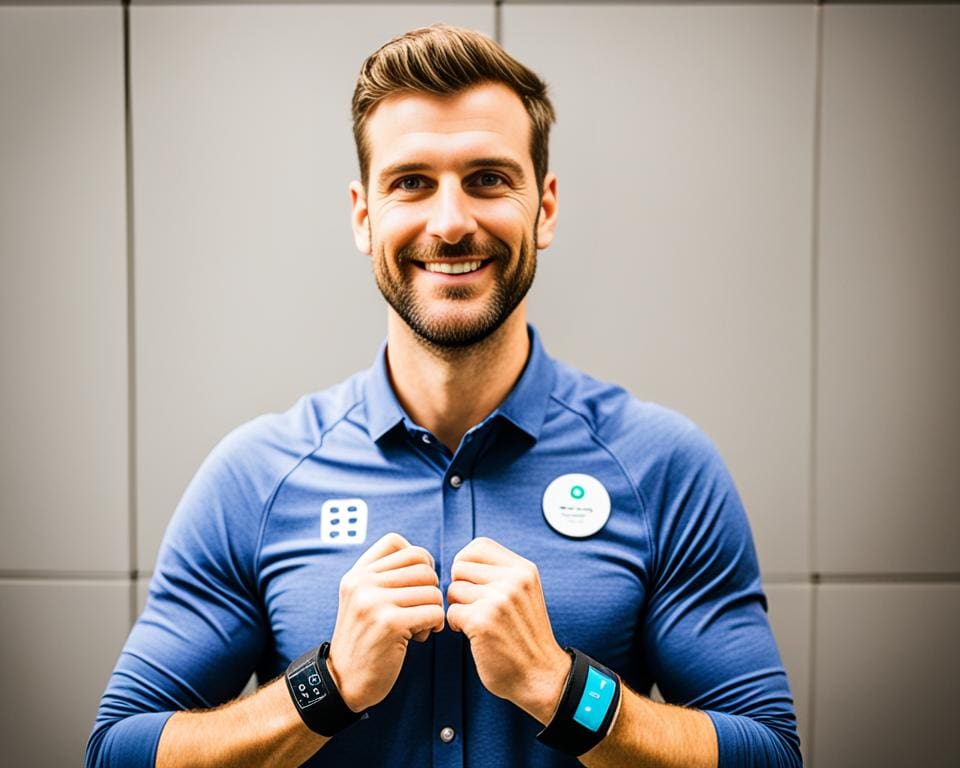The landscape of healthcare is undergoing a remarkable transformation thanks to the rise of wearable health technology. From smartwatches to fitness trackers, these innovative devices are paving the way for more effective patient monitoring and management. With real-time data collection, healthcare professionals gain vital insights into patient health, enhancing care delivery and outcomes. As highlighted in a report by Grand View Research, the global wearable medical device market is anticipated to skyrocket to $27.8 billion by 2024, underscoring the immense potential and benefits of wearable devices in healthcare. This wave of wearable technology trends in healthcare is reshaping how we approach wellness and treatment, making healthcare more accessible and responsive than ever.
Understanding Wearable Health Technology
Wearable health technology has revolutionized the way individuals monitor their health and wellbeing. This innovative approach to health tracking encompasses a variety of devices, each designed to provide specific insights into one’s physical state. By integrating technology into daily routines, these gadgets empower users to take charge of their health like never before.
Definition and Types of Wearable Devices
At its core, wearable health technology refers to electronic devices that can be worn on the body. These wearable devices for health monitoring span a broad spectrum, from practical fitness trackers to advanced medical equipment. Common types include:
- Fitness Trackers: Basic devices that monitor steps, calories, and heart rate.
- Smartwatches: Combining daily usability and health features, offering notifications and health metrics.
- Wearable ECG Monitors: Devices that provide real-time heart monitoring.
- Continuous Glucose Monitors: Essential for those managing diabetes, providing constant blood sugar readings.
The distinct functions of these devices contribute to the dynamic landscape of wearable technology trends in healthcare. With the ability to tailor health monitoring to individual needs, these innovations play a crucial role in personal health management.
Popular Wearable Devices in Health Monitoring
The rise of usable technologies has made popular wearable devices in health monitoring increasingly accessible. Among the most recognized names are:
- Apple Watch: Known for its blend of everyday practicality and advanced health features, including fall detection and ECG capabilities.
- Fitbit: Offers a budget-friendly approach focusing on fitness and lifestyle tracking, appealing to a wide range of consumers.
- Garmin Fitness Trackers: Highlighted for their durability and precision in outdoor activities.
Each of these devices showcases remarkable wearable health tech innovations, contributing not only to individual health tracking but also to the broader goal of enhancing overall healthcare efficiency.

How Wearable Technology Is Changing Healthcare
Wearable technology offers profound changes in healthcare settings by enabling precise monitoring and enhancing patient engagement. The collection of health data through wearable devices provides clinicians with vital insights, streamlining diagnosis and treatment processes. This transformation significantly affects various aspects of health management.
Impact of Wearables in Healthcare Settings
The impact of wearables in healthcare cannot be overstated. These devices facilitate the timely capture of health metrics, allowing for proactive interventions. The benefits of wearable devices in healthcare include:
- Continuous Monitoring: Patients with chronic illnesses can be monitored consistently, ensuring prompt reactions to potential health issues.
- Data-Driven Decision Making: Healthcare providers can rely on real-time data to make informed treatment choices.
- Increased Patient Engagement: Patients feel more empowered monitoring their health, which fosters a partnership between them and their healthcare providers.
Wearables and Telemedicine Integration
The integration of wearables and telemedicine has reshaped patient care. Wearable technology for remote patient monitoring complements virtual consultations, providing physicians with access to a wealth of information. This integration creates a seamless flow of communication, improving healthcare accessibility. Key aspects include:
- Real-Time Data Access: Physicians can view live health metrics during telehealth sessions, resulting in better diagnostics.
- Enhanced Treatment Plans: Data from wearables informs tailored strategies that suit individual patient needs.
- Greater Convenience: Patients can receive high-quality care while remaining in their homes, minimizing unnecessary visits to healthcare facilities.
Future Trends in Wearable Technology for Healthcare
The landscape of wearable technology is evolving rapidly, ushering in a new era of healthcare with promising innovations. As we move forward, wearable health tech innovations are expected to focus heavily on user-centric designs and enhanced functionality. Devices that seamlessly integrate with daily life will not only collect data but also improve patient engagement, empowering individuals to take control of their health like never before.
Integrating augmented reality (AR) and artificial intelligence (AI) into wearable devices is poised to redefine patient care. With AR, users can visualize vital metrics in real-time, creating an intuitive interface for understanding their health status. Simultaneously, AI will play a crucial role in forecasting potential health issues by analyzing trends and patterns in the data collected over time. These wearable technology trends in healthcare represent a significant leap towards proactive rather than reactive health management.
This convergence of technology not only enhances the patient experience but also supports healthcare professionals in delivering precise, customized treatment plans. As the synergy between wearables and healthcare deepens, the potential for improved outcomes increases, ultimately paving the way for a healthier future and setting the stage for innovation that will continue to save lives.









